What is the corn earworm?
Corn earworm (Helicoverpa zea) larvae feed on a variety of crops in the Midwestern United States, mainly impacting sweet corn and hybrid dent seed corn. Corn earworm larvae also feed on field corn and vegetable crops, including tomatoes, peppers, lettuce, and snap beans. The adult moths do not damage crops.
What do corn earworms look like?
Egg: Corn earworm eggs are very small (about 1/32 inch) flattened spheres with textured ridges (Figure 1). Freshly laid eggs are light yellow. Eggs darken before hatching.
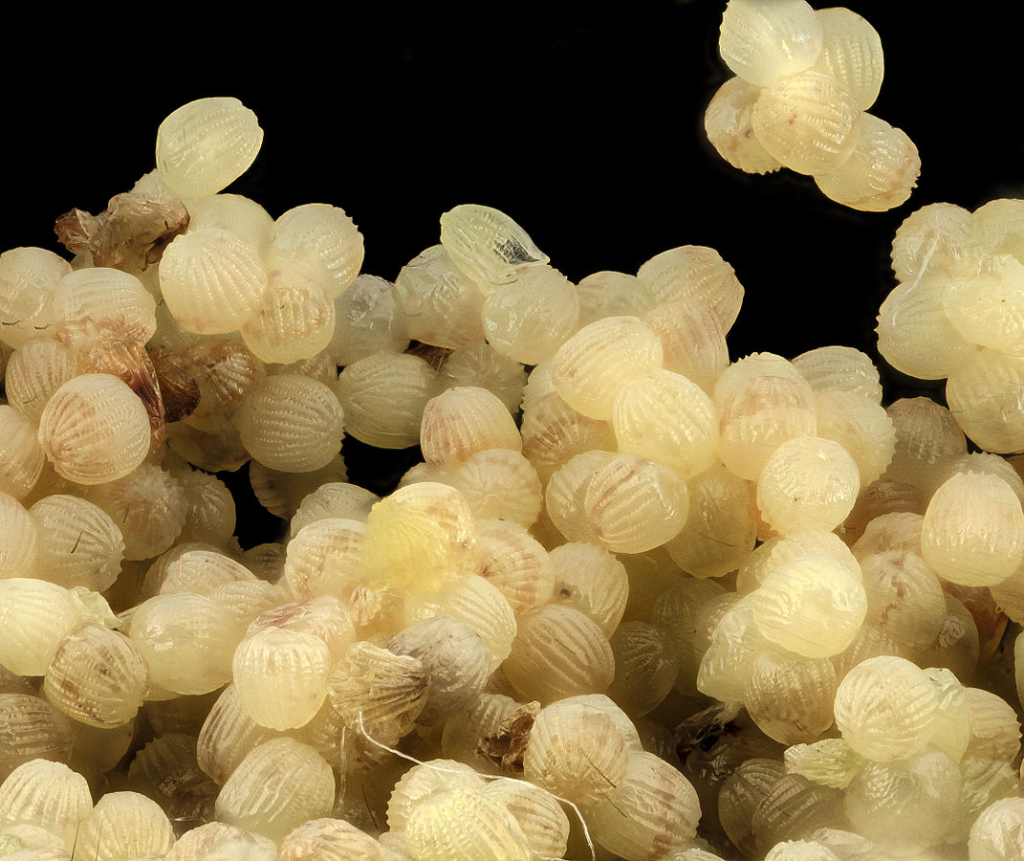
Larva: Corn earworm larvae vary extensively in color, ranging from green to pink to black (Figure 2). The larvae have three to four dark stripes running down their backs and black spotting along their bodies. The head capsule is light with no markings. Full grown larvae are approximately two inches. Corn earworm larvae are commonly confused with other ear-infesting caterpillars, such as western bean cutworms.

Pupa: Corn earworm pupae are brown and about one inch long.
Adult: The adult moths are grayish brown with a wingspan of 1.5 inches (Figure 3). The moths are identifiable by dark, irregular markings on their forewings and a wide, dark band along the wing edge. The hindwings are tan and have a dark edge with a light spot.

Life cycle and biology of corn earworms
Few corn earworm pupae survive the winter in Wisconsin. Instead, they overwinter as pupae in the warmer Gulf States. The adult moths emerge in the spring. Corn earworms are strong night fliers, and some migrate north after emergence. The first generation of moths arrives in Wisconsin in late June and occasionally infests very early planted sweet corn. The second generation of moths that arrives between mid-August and early September is more damaging to corn.
Female moths lay eggs on green and yellow stage corn silks (Figure 4). A single female can deposit up to 1,000 eggs. Eggs hatch in one to eight days. Larvae immediately enter corn ears through the tip and begin feeding. Corn earworm larvae are cannibalistic, and it is rare to find more than one larva per ear.

The larvae feed in the ear for about two weeks before dropping from the ear to the ground to pupate. Adult moths emerge about two weeks later. Toward the end of the season, corn earworm moths reverse migrate to warmer, southern states to overwinter.
The Wisconsin Department of Agriculture, Trade and Consumer Protection (DATCP) tracks the timing of corn earworm arrival and moth flights in Wisconsin through its Corn Earworm Monitoring Network.
What are the symptoms of corn earworm damage?
Corn earworm larvae feed on the tips of corn ears. Larvae typically damage the top one to two inches of the ear by consuming kernels and contaminating the ears with frass (Figure 5). Fungal pathogens can enter the ear through feeding damage.
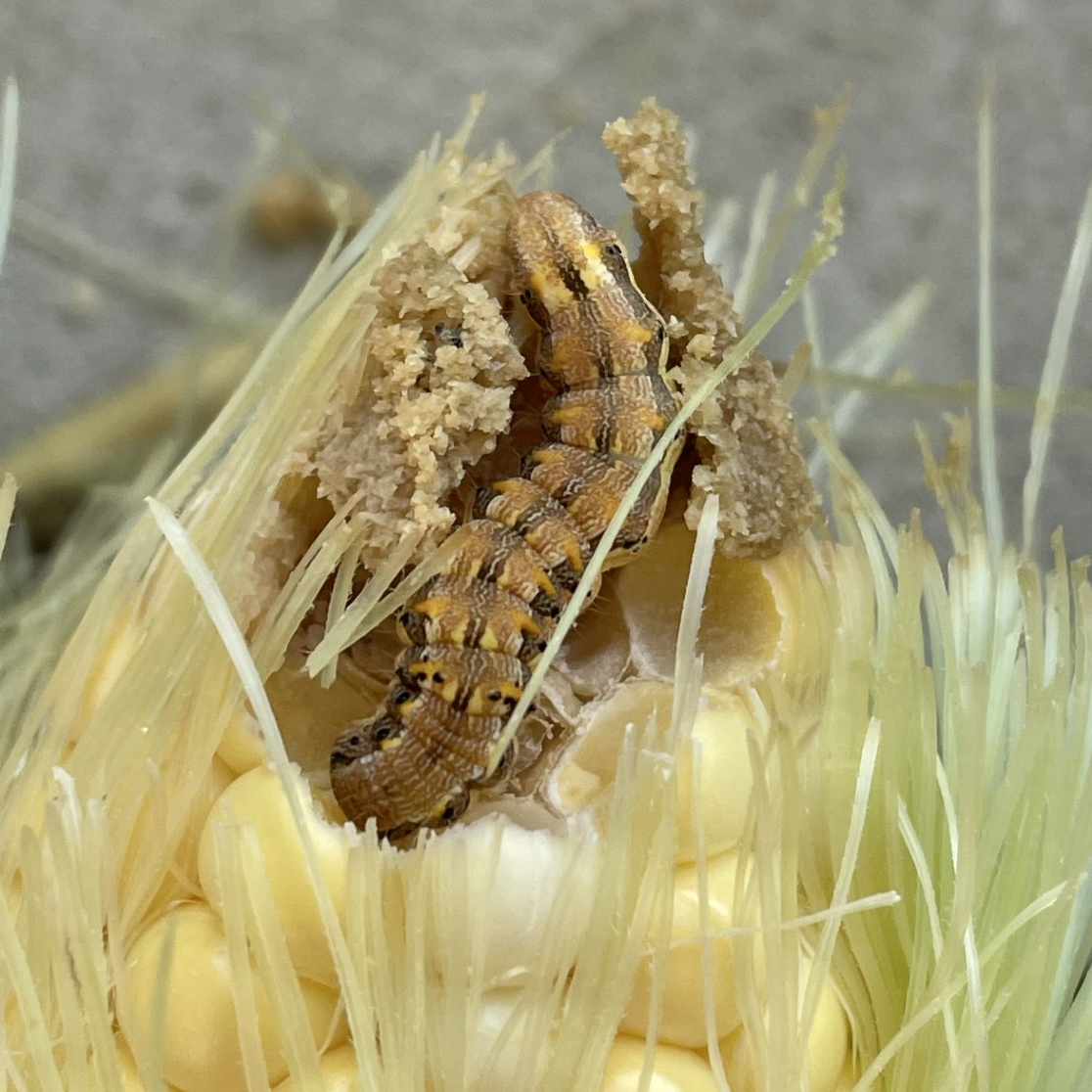
Although severe infestations usually damage less than 10% of the kernels at the ear tip, who wants to find a “worm” in their corn? Consumers may reject damaged sweet corn, but the ears can still be used for processing sweet corn if the damaged part is removed.
How do you scout for corn earworm?
Scout for corn earworms using a pheromone trap to capture moths (Figure 6). Place the trap four to six feet above the ground on the south or west side of the field. Begin monitoring when corn is in the green silk stage. Rotate the traps to silking fields as needed.
Check the trap daily for moths starting in July. Change the pheromone lure in the trap every two weeks and keep unused lures in a freezer.
DATCP’s Corn Earworm Monitoring Network utilizes pheromone traps to monitor late-season migratory flights of corn earworm across Wisconsin.
Black light traps can also be used to monitor corn earworms. These traps are more expensive, more difficult to set up, and less effective than pheromone traps, consistently catching lower numbers of moths than pheromone traps placed in adjacent fields.

What is the threshold for corn earworm treatment?
The number of moths captured by a pheromone trap is a good indicator of when treatment may be necessary. If a pheromone trap captures five to 10 male moths and the field is at 10% silking, an insecticide treatment may be warranted.
Before choosing a treatment, confirm the presence of the pest in the field. Walk a W-pattern and check at least 10 plants in five areas of the field (50 plants total). Look for small, spherical eggs in the silks or small larvae in the ear tips to confirm the presence of corn earworm before beginning a spray program.
Reapplication of insecticides for corn earworm may be needed to protect the ear zone as silks continue to grow. A second insecticide application may be necessary if five to 10 moths continue to be caught seven to 10 days after treatment. Treatment at or after the brown silk stage is not necessary.
Integrated pest management (IPM) strategies for corn earworm
Cultural Control
If possible, plant sweet corn mid-season so it matures between generations of moths. Consider planting a sweet corn variety that is resistant to corn earworms, such as ‘Country Gentleman’, ‘Stay Gold’, ‘Victory Golden’, ‘Silver Cross Bantam’, and ‘Silvergent’.
Biological Control
Generalist predators, such as lady beetles, lacewing larvae, minute pirate bugs, and damsel bugs, are effective at controlling corn earworm eggs and small larvae in the Midwest. Trichogramma wasps also parasitize corn earworms.
While releases of biological controls are not currently impactful, it is important to conserve existing populations of these beneficial insects in the field. Consider reducing your use of broad-spectrum insecticides and only treat fields when necessary.
Chemical Control
When the threshold is met, tank mixes of an ovicide (insecticide targeting egg stage) and a synthetic pyrethroid are recommended to control corn earworms in sweet corn and hybrid dent seed corn. Use water sensitive spray cards to ensure sprays are providing adequate coverage to the ear zone where eggs are laid.
Refer to Pest Management in Wisconsin Field Crops (A3646) for insecticides labeled for corn earworm control in seed corn (p. 60-62). Always read and follow the pesticide label.
Application timing is critical. Larvae are protected from insecticides once they have entered the ear tip.
Corn earworm response and management options
Monitor weather conditions and crop growth stage to determine optimal timing for insecticide applications, as needed.
Always apply insecticides according to label instructions and consider factors such as application method, rate, and pre-harvest intervals.
Environmental and ecological considerations for corn earworm treatment
Minimize pesticide use whenever possible to reduce potential impacts on non-target organisms, biological controls, and environmental health.
Implement IPM practices that promote biological diversity and ecosystem resilience.
References
Additional resources
Use information from DATCP’s Corn Earworm Monitoring Network to track the timing of corn earworm arrival in Wisconsin to optimally time field scouting.
Sign up for Insect Pest Text Alerts from the Bick Lab at UW-Madison to be alerted about corn earworm in your area.
For assistance with corn earworm management and other agricultural pest issues, contact your local agricultural extension office.
Last Updated: July 14, 2025
Reviewed by: Krista Hamilton (DATCP)
Featured cover image by Laura Flandermeyer.

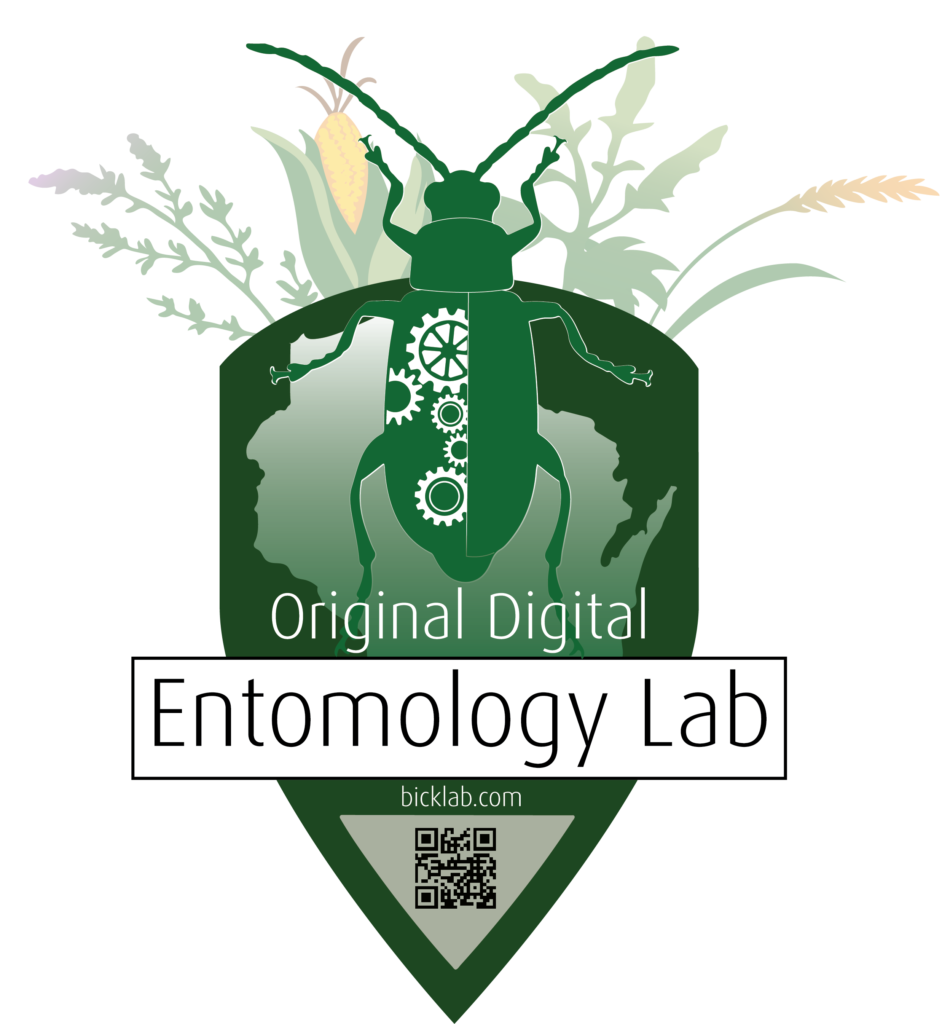
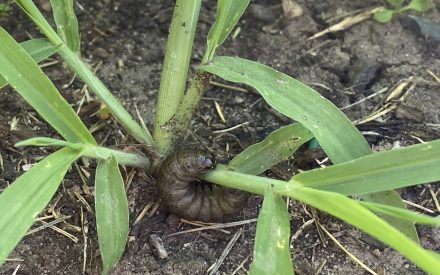 Managing Black Cutworm in Wisconsin Corn Fields
Managing Black Cutworm in Wisconsin Corn Fields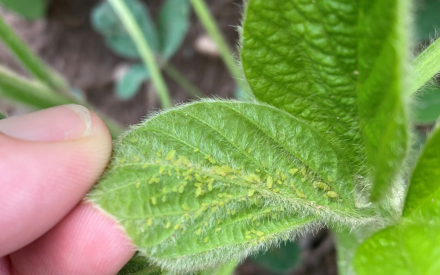 Managing Soybean Aphids in Wisconsin Soybean Fields
Managing Soybean Aphids in Wisconsin Soybean Fields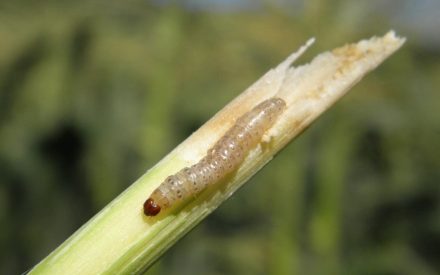 Managing European Corn Borer in Wisconsin Corn Fields
Managing European Corn Borer in Wisconsin Corn Fields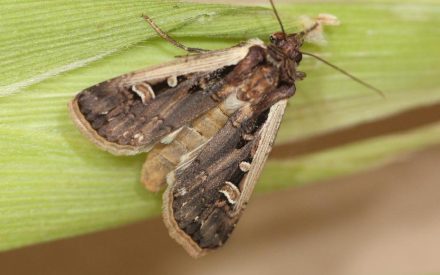 Managing Western Bean Cutworms in Wisconsin Corn Fields
Managing Western Bean Cutworms in Wisconsin Corn Fields


